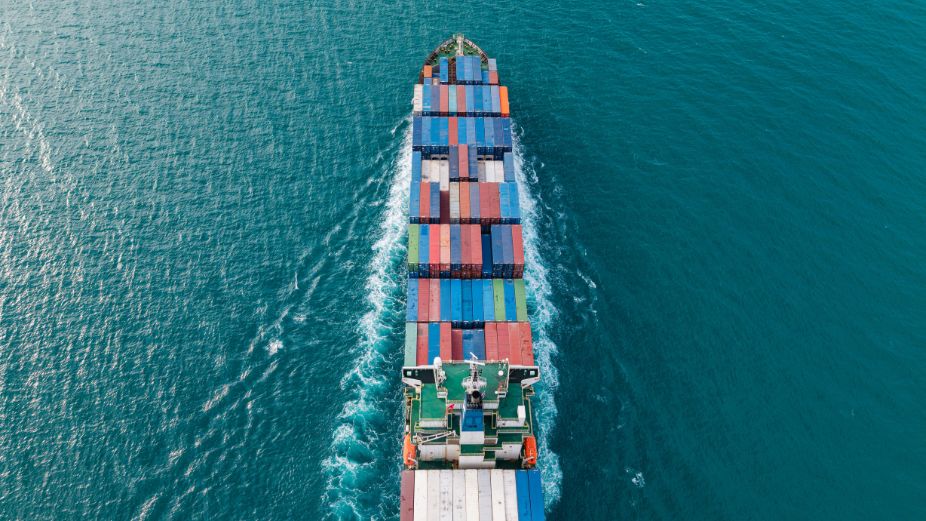
Imports to the Maldives totalled MVR 4.7 billion in April 2025, with fuel accounting for MVR 905 million of the monthly figure. When fuel is excluded, total imports stood at MVR 3.8 billion. Although import volumes remain substantial, the data signals a slight cooling off compared to recent months, particularly in fuel purchases.
Food remained the single largest category of imported goods, with MVR 1.02 billion spent on consumables excluding pork, alcohol, and tobacco. Machinery and electrical appliances followed at MVR 718 million, while MVR 352 million was spent on base metals and related products. Imports of chemical products reached MVR 296 million, while high-value categories like vehicles, textiles, and electronics remained stable.
The Maldives exported MVR 292 million worth of goods in April, driven largely by fish products. Frozen skipjack tuna accounted for MVR 195 million, with an additional MVR 69 million coming from preserved skipjack tuna. Smaller quantities of yellowfin tuna and fishmeal were also exported, although their contribution was modest in comparison.
Thailand remained the Maldives’ dominant export partner, receiving 64 percent of the total value of exports (MVR 186 million). The United Kingdom, Egypt, Vietnam, and Switzerland made up smaller shares of the export market. On the import side, the United Arab Emirates led with goods worth MVR 1.33 billion (28 percent), followed by India, China, Singapore, and Malaysia.
Revenue generated through customs duties reached MVR 379 million in April, while royalty collections added MVR 11 million to the state. These figures reflect stable trade flows, even as vessel traffic slightly decreased.
A total of 120 vessels arrived in Maldivian ports during April, down from 124 the previous year. Departures also declined, with 144 vessels leaving compared to 163 in April 2024. However, the number of processed declarations rose to 22,412, an increase of over 2,000 compared to the same month last year, suggesting improved compliance or higher transactional activity in spite of fewer ship movements.
While April’s figures do not signal dramatic shifts, the slight reduction in vessel traffic alongside strong customs revenue and steady fish exports hints at a continued reliance on the country’s traditional trade channels, particularly in the fisheries sector.













